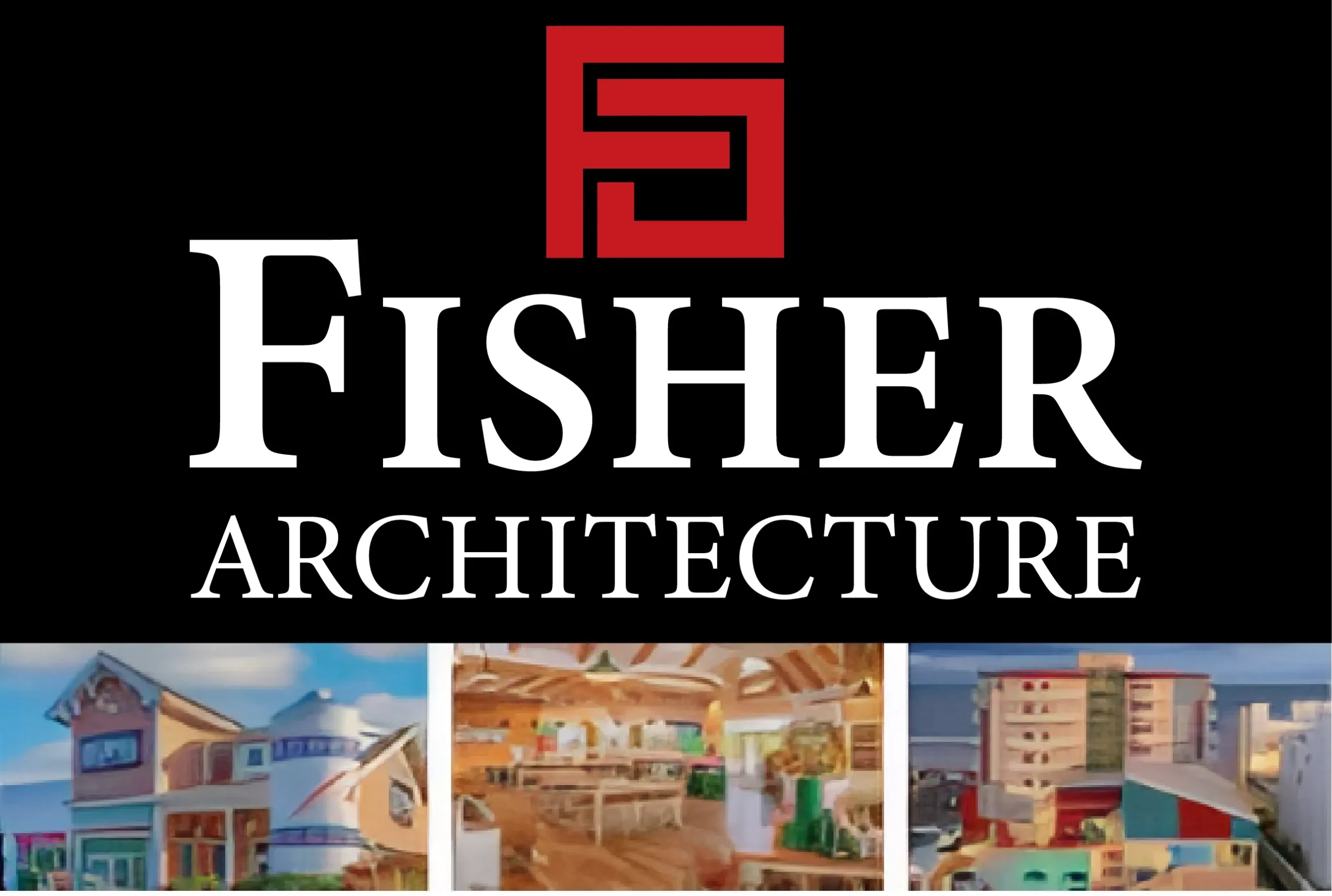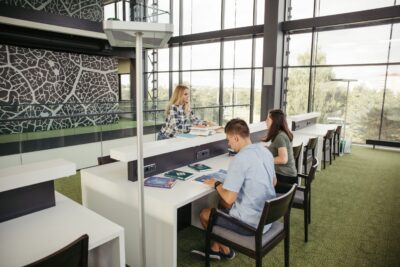There is no denying that creating a collaborative learning environment is facilitated by many factors, including commercial construction. Modern tools and technology that foster creative learning require a specific learning space, model, design, and functionality.
Schools, educational institutions, and colleges can work with commercial construction businesses to help create a learning environment that allows students to practice collaborative learning. In these projects, hiring the writer to create detailed documentation or instructional materials can be essential, ensuring that construction plans align with educational goals and provide clarity for all stakeholders.
Understanding Educational Goals
Commercial construction businesses start by understanding the goals of each educational institution. What are the modern learning tools and technologies they want to incorporate into the learning environment? Is it the outdoor learning area, a creative maker space, or a flexible space for multiple uses? Further, collaborative learning also requires the integration of advanced technology, modular and moveable furniture, and more! Together with the educator, commercial construction businesses visualize the goal and work towards achieving it.
Translating Vision into Design
The next step is the crucial step, where contractors, architects, and designers work towards turning the vision into the design. Depending on the expectations of the educators and what they want their educational space to look like, the educational space is designed accordingly. Together with educators, they create a virtual space and turn it into an actual space that allows students to practice collaborative learning.
Creating a collaborative learning environment for students starts right from the design and structure of the space, so it must meet the requirements to practice collaborative learning. For example, commercial contracts might be asked to integrate a built-in projector inside the classroom, making furniture easily moveable, and the educational space should have ample outdoor space for outdoor learning.
Flexible Spaces for Multiple Uses

Various forms of learning facilitate collaborative learning and the whole approach. Sometimes, it relies on modern tools and technologies like Virtual Reality (VR) and Augmented Reality (AR). In contrast, the learning approach sometimes requires students to come together and form a group or team to complete an assigned project, assignment, or homework. For this, it’s a must to have a flexible space that can be used in multiple scenarios. For example, suppose the furniture in the classroom is easily moveable. Teachers can create a flexible space to practice group learning in that case. Also, depending on the group size, they can divide the group and their seating accordingly. But that being said, it’s all facilitated by commercial contractors who can create a space that can be used for multiple spaces.
A similar case is the playground – where students can play games, perform exhibitions, and practice outdoor learning all in one place.
Creating Maker Spaces
A maker space can be conducive to enhancing the collaborative learning environment. Construction business collaborates with educators to understand the type of maker space they want and design it accordingly. Maker spaces allow students to practice hands-on project-based learning like a science lab, a computer lab, an art space, a technology space, and more. Educators can determine the design, the space, the tools, and technologies to add to the space. For example, a projector in a science lab can enhance collaborative learning by providing students with a real-time learning approach where they practice what they see. Similarly, other than just computers and laptops, other technological tools in the computer lab allow students to learn about the mechanism and use of these technologies.
Outdoor Learning Area
Students learn when they are outdoors, and the collaborative learning approach understands that! Students can plant trees, practice in campaigns, organize school fest, and whatnot. Unlike traditional learning, which requires students to start in the classroom, the collaborative learning approach promotes students to learn through practice. This is why educators prefer having an outdoor learning area that gives students a change of environment from their classroom and allows them to be outdoors to learn.
Contractors understand the importance of outdoor learning areas for collaborative learning and work towards creating enough outdoor space in the educational space. The learning area can include a garden area where students can learn to plant, a regular playground, or more. They work closely with educators to understand and design the outdoor space’s use.
Modular and Movable Furniture
The collaborative learning environment requires students to come closer and work together in a team to complete a project, an assignment, or homework. In this case, it’s best if the classroom has modular or moveable furniture that allows them to work closely with their classmates. This is the reason why construction businesses design furniture that is easily moveable.
Sometimes, the group can be two members, whereas sometimes, it can be a group of 10. Irrespective of the number of groups formed, they can quickly move the furniture to create a separate group and work closely with their teammates to complete the project accordingly. Further, modular and moveable furniture creates ample space in the classroom for students to practice various other things.
Advanced Technology Integration
Modern classrooms are designed without compromising on the quality and easily fit any technology. The collaborative learning classroom is all about creating a flexible classroom that offers the best learning environment for the students and easily integrates the required tools and technology without compromising the school’s space and learning environment.
For example, a classroom might need a computer later for some reason. In that case, there must be a space already designed considering its future needs, and the classroom can be designed.
Wrapping Up
The role of commercial construction businesses and educators continues even after the construction of the educational space. Feedback from educators might be incorporated into the design. With technology advancing in the present and even in the future, education for children requires a modern learning approach facilitated by a classroom and surroundings that powers the use of tools, technology, collaborative learning, in-hand learning and getting real experience to the terms and concepts.












